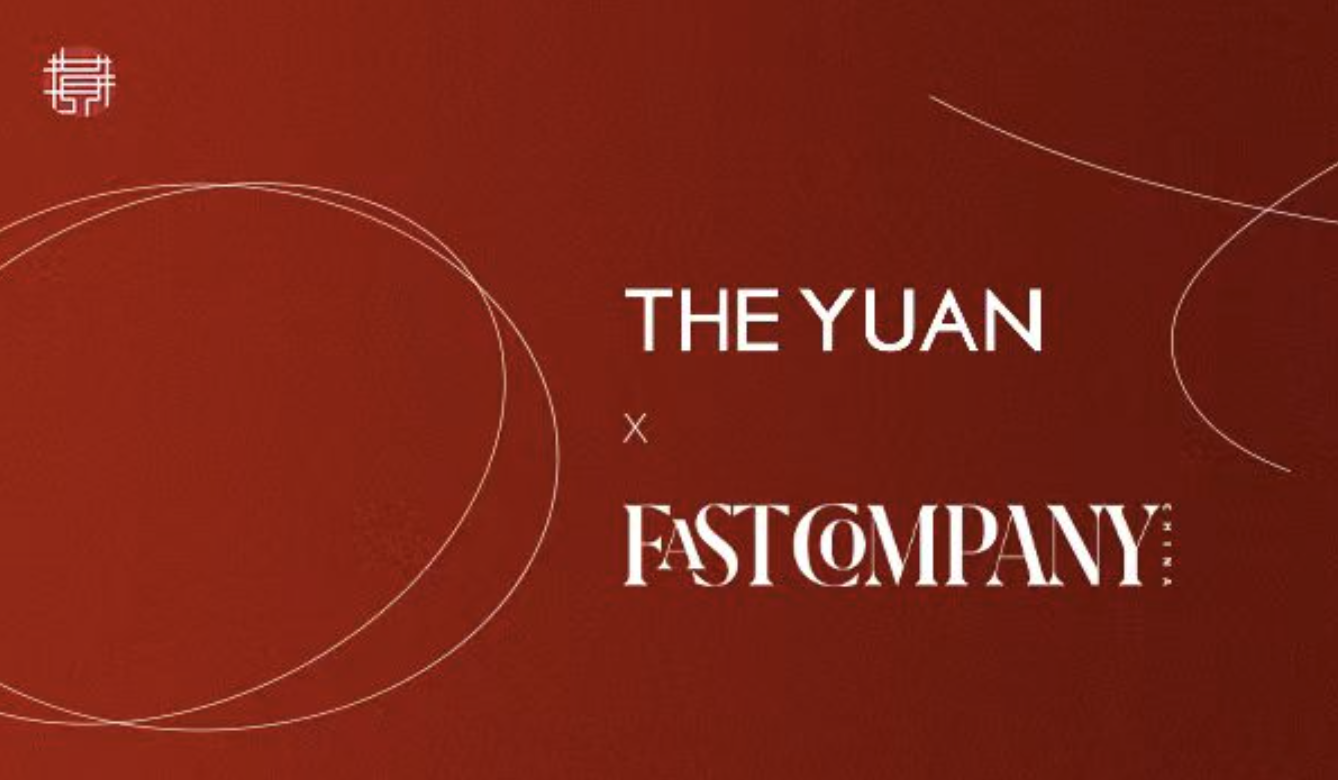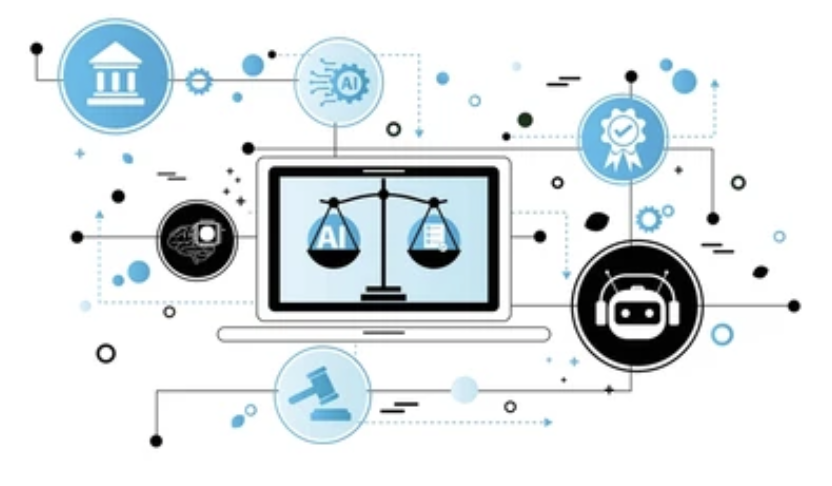


DENVER, COLORADO - The COVID-19 pandemic has generated the Fourth Industrial Revolution (4IR). It has created a think tank for new technology, innovation, and strategy, amalgamating the physical, digital, and biological worlds in ways that will change humanity in the future. A fusion of advances in artificial intelligence (AI), robotics, the Internet of Things, three-dimensional (3D) printing, genetic engineering, quantum computing, and other technologies is what constitutes the 4IR. The scope, scale, and complexity of this phenomenal transformation is almost beyond comprehension. Unlike other industrial revolutions, where advances did not impact human biology, the 4IR changes involve technology’s impact both on and within the human body, redefining us as humans. Let us look at five trends in AI that will shape the future of humankind.
Human-Centered AI
"Our intelligence is what makes us human, and AI is an extension of that quality."
Yann LeCun.
While human advances have been driven by the evolution of tools, machines, and discoveries that enhance our regular abilities, there has been minimal development in adapting technology to understand the human emotional mind – the part that controls our empathy. Empathic AI will be the critical element for this transformation.
Advancements are anticipated in the Theory of Mind (ToM) AI favoring the human element. In this, AI will interact with the thoughts and emotions of humans and evolve into a two-way relationship. Computers of this kind of AI will be able to understand feelings. They will differentiate between people's various emotions and adjust their responses accordingly. StylePredict, e.g., mimics human ToM to infer driver conduct, using a computational mapping between the expected trajectory of a vehicle
The content herein is subject to copyright by The Yuan. All rights reserved. The content of the services is owned or licensed to The Yuan. Such content from The Yuan may be shared and reprinted but must clearly identify The Yuan as its original source. Content from a third-party copyright holder identified in the copyright notice contained in such third party’s content appearing in The Yuan must likewise be clearly labeled as such. Continue with Linkedin
Continue with Linkedin
 Continue with Google
Continue with Google









 8768 views
8768 views








